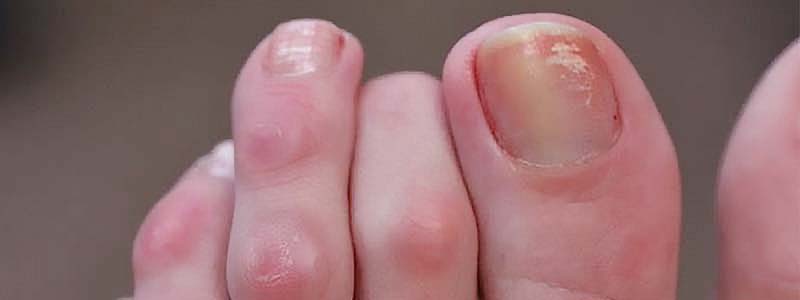hammertoes
Hammertoes Never Get Better Without Some Kind of Intervention
Hammertoe is a contracture (bending) of one or both joints of the second, third, fourth, or fifth (little) toes. This abnormal bending can put pressure on the toe when wearing shoes, causing problems to develop.
Hammertoes usually start out as mild deformities and get progressively worse over time. In the earlier stages, hammertoes are flexible and the symptoms can often be managed with noninvasive measures. But if left untreated, hammertoes can become more rigid and will not respond to non-surgical treatment.
Causes
The most common cause of hammertoe is a muscle/tendon imbalance. This imbalance, which leads to a bending of the toe, results from mechanical (structural) changes in the foot that occur over time in some people.
Hammertoes may be aggravated by shoes that don’t fit properly. A hammertoe may result if a toe is too long and is forced into a cramped position when a tight shoe is worn. Occasionally, hammertoe is the result of an earlier trauma to the toe. In some people, hammertoes are inherited.
Symptoms
Common symptoms of hammertoes include:
- Pain or irritation of the affected toe when wearing shoes.
- Corns and calluses (a buildup of skin) on the toe, between two toes, or on the ball of the foot. Corns are caused by constant friction against the shoe. They may be soft or hard, depending upon their location.
- Inflammation, redness, or a burning sensation
- Contracture of the toe
- In more severe cases of hammertoe, open sores may form.
Non-surgical Treatment
There is a variety of treatment options for hammertoe. The treatment your foot and ankle surgeon selects will depend upon the severity of your hammertoe and other factors. A number of non-surgical measures can be undertaken:
- Padding corns and calluses. Your foot and ankle surgeon can provide or prescribe pads designed to shield corns from irritation. If you want to try over-the-counter pads, avoid the medicated types. Medicated pads are generally not recommended because they may contain a small amount of acid that can be harmful. Consult your surgeon about this option.
- Changes in shoewear. Avoid shoes with pointed toes, shoes that are too short, or shoes with high heels – conditions that can force your toe against the front of the shoe. Instead, choose comfortable shoes with a deep, roomy toe box and heels no higher than two inches.
- Orthotic devices. A custom orthotic device placed in your shoe may help control the muscle/tendon imbalance.
- Injection therapy. Corticosteroid injections are sometimes used to ease pain and inflammation caused by hammertoe.
- Medications. Oral nonsteroidal anti-inflammatory drugs (NSAIDs), such as ibuprofen, may be recommended to reduce pain and inflammation.
- Splinting/strapping. Splints or small straps may be applied by the surgeon to realign the bent toe.
If you have developed hammertoes, FDFAC can help. Call today and schedule your hammertoe evaluation. Your toes will be comfortable again in no time.
About FDFAC
At FDFAC, you don’t have to be an elite athlete to receive the same level of exceptional treatment and care. Our team is committed to partnering with you, and to getting you back to the activities you love ASAP.
Life happens. Don’t wait.





